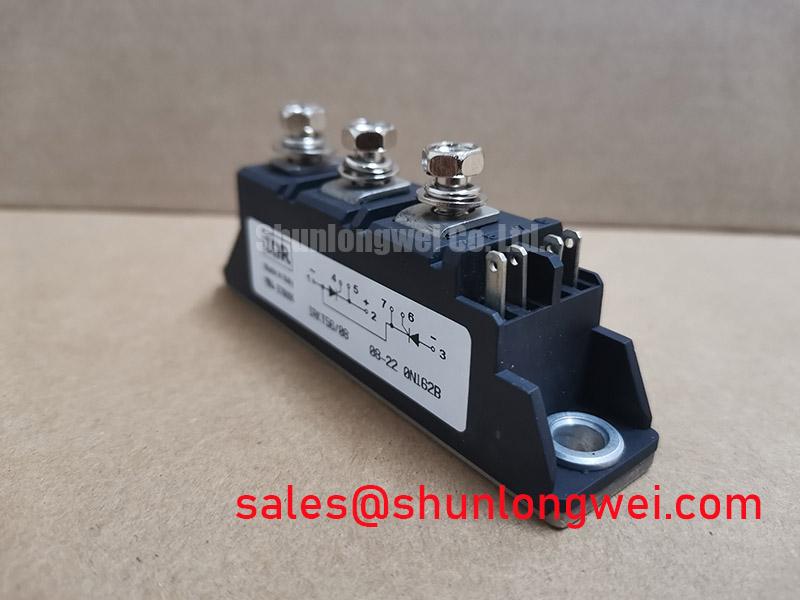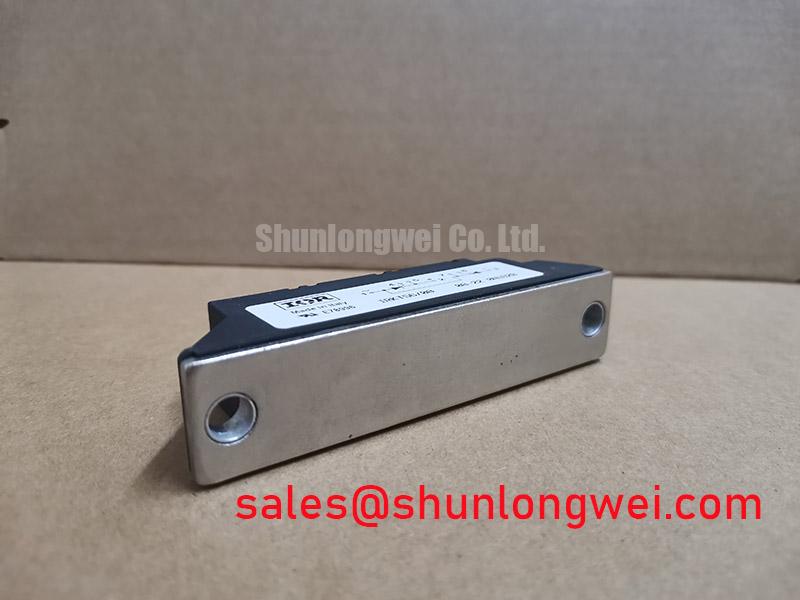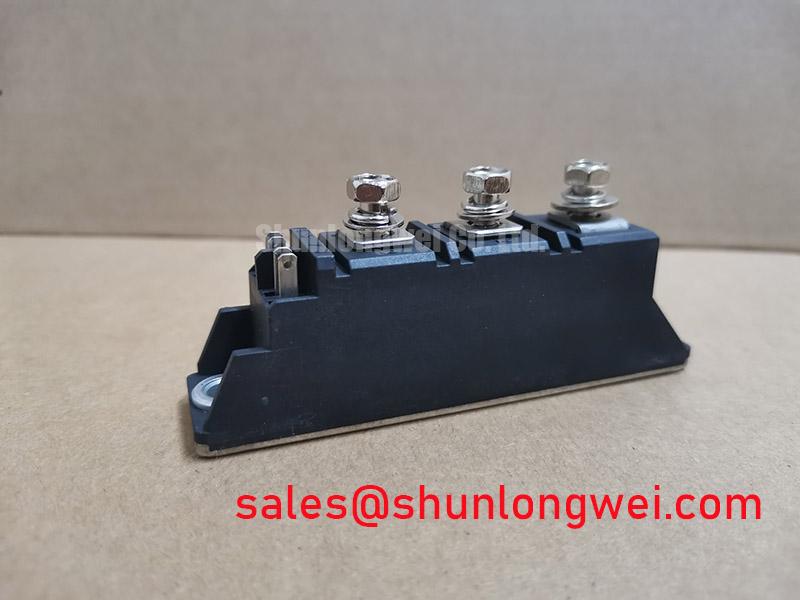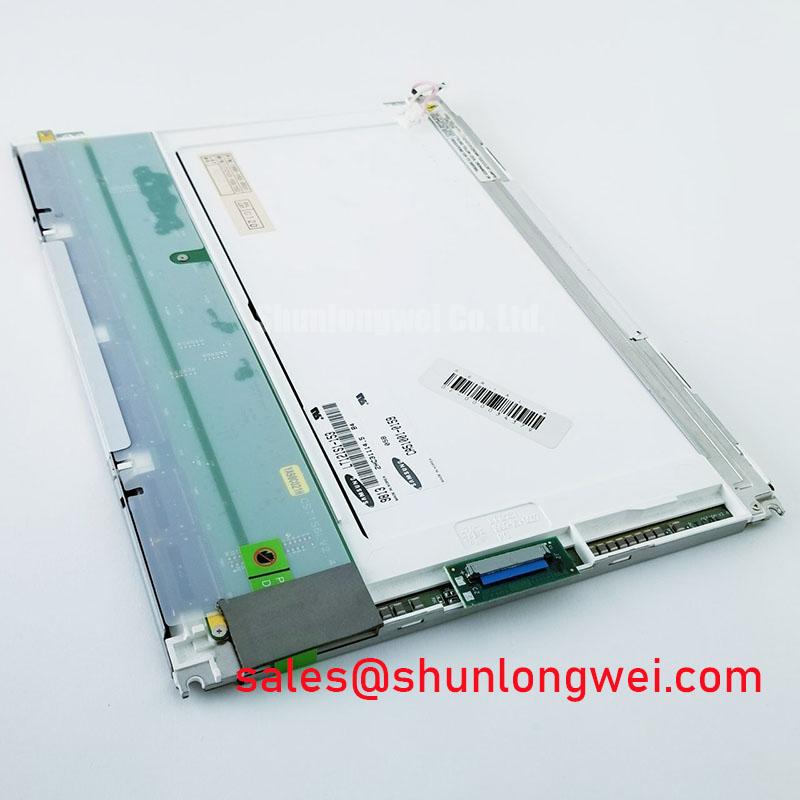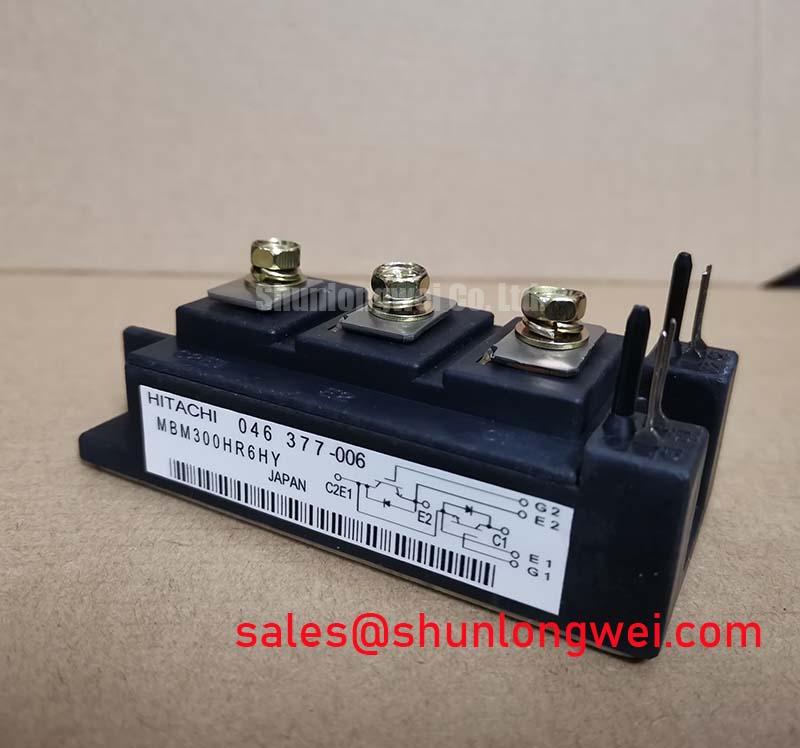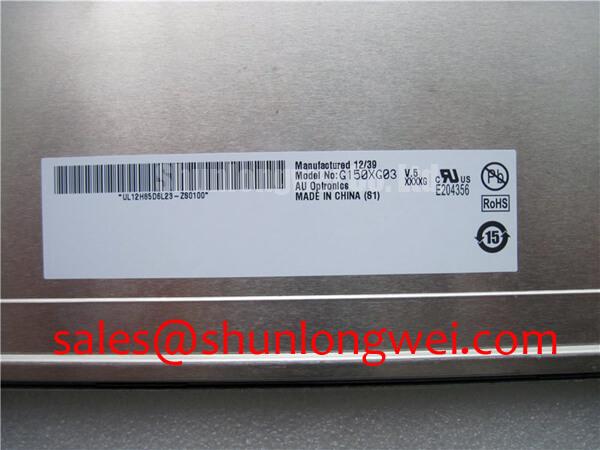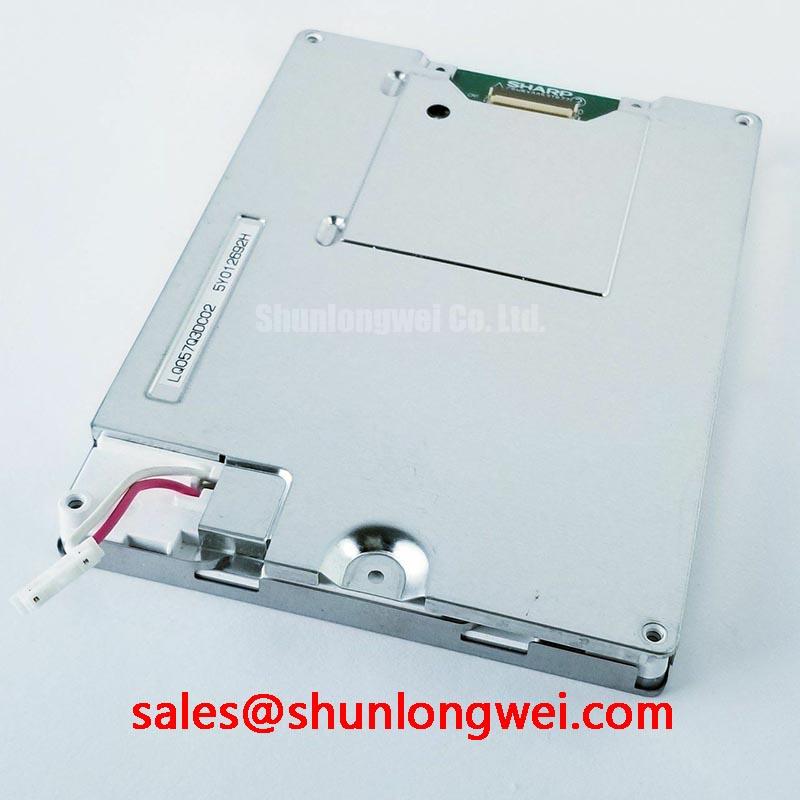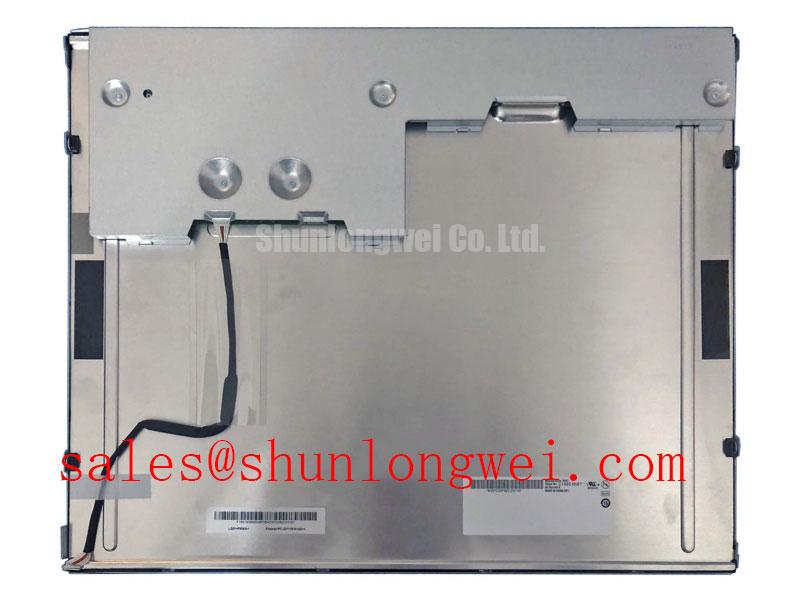IRKT56/08A Thyristor/Diode Module: Engineering Guide for 800V Power Control Applications
An Engineering Overview of the IRKT56/08A Power Module
Content last revised on October 12, 2025.
The IRKT56/08A from International Rectifier provides a robust and reliable solution for AC power control, engineered for exceptional reliability and simplified thermal management. This ADD-A-PAK™ module integrates two thyristors (SCRs) in a common cathode configuration, delivering precise control for industrial applications. With core specifications of 800V | 65A | 2500 VRMS Isolation, it offers significant engineering advantages, including enhanced long-term operational stability and simplified system assembly. This device is a highly effective solution for engineers developing precise and durable controlled rectifiers for 240V and 400V AC line systems. For cost-sensitive industrial drives requiring reliable phase control up to 65A, the IRKT56/08A's integrated isolation offers a distinct design advantage.
Application Scenarios & Value
System-Level Advantages in Industrial Power Control Applications
The IRKT56/08A is primarily engineered for AC and DC power control circuits where reliability and efficient thermal performance are paramount. Its robust design makes it an excellent fit for demanding industrial environments. A key application is in the design of Controlled Rectifiers, where its phase-control capability allows for precise regulation of output voltage for DC motor drives and battery charging systems. What is the primary benefit of its insulated baseplate? Simplified assembly and enhanced electrical safety.
Consider a high-fidelity engineering scenario: the development of a compact soft-starter for a three-phase industrial motor. A primary engineering challenge is managing the thermal load of the power devices while ensuring electrical safety and minimizing assembly complexity. The IRKT56/08A directly addresses this challenge with its 2500 VRMS electrically isolated baseplate. This feature eliminates the need for separate, often cumbersome, isolation pads and specialized mounting hardware. The result is a simplified mechanical design, reduced assembly time, and fewer potential points of failure, contributing to a lower total cost of ownership and a more reliable end-product. The module's performance is well-suited for these applications, while for systems requiring different voltage and current capabilities, devices like the SKKH106/16E may provide alternative specifications for evaluation.
Key Parameter Overview
Decoding the Specs for Thermal Stability and Electrical Performance
The technical specifications of the IRKT56/08A are tailored for robust performance in industrial power control systems. The parameters below, sourced from the official datasheet, highlight its electrical and thermal capabilities.
| Key Electrical and Thermal Parameters for IRKT56/08A | ||
|---|---|---|
| Parameter Category | Parameter | Value |
| Voltage Ratings | Repetitive Peak Off-State Voltage (VDRM/VRRM) | 800 V |
| RMS Isolation Voltage (VISOL) | 2500 V (1 min) | |
| On-State Voltage (VTM) @ 60A, TJ=25°C | 1.52 V | |
| Current Ratings | Average On-State Current (IT(AV)) @ TC=85°C | 65 A |
| RMS On-State Current (IT(RMS)) | 100 A | |
| Surge Current (ITSM) @ 50Hz | 1310 A | |
| Thermal and Mechanical | Operating Junction Temperature (TJ) | -40 to 125 °C |
| Thermal Resistance, Junction to Case (RthJC) | 0.35 °C/W (per junction) | |
| Mounting Torque | 1.1 to 1.3 Nm (4.4 to 5.3 lbf·in) | |
Download the IRKT56/08A datasheet for detailed specifications and performance curves.
The VRRM of 800V provides a safe operating margin for applications on 240V and 400V AC lines, protecting against typical line transients. The isolation voltage (VISOL) is a critical safety and design parameter. It acts as an electrical "firewall" between the live semiconductor junctions and the heatsink, which is often grounded. A 2500V rating ensures a high degree of safety and simplifies compliance with industrial standards, eliminating the need for external isolation materials. For a deeper understanding of how component specifications translate to system performance, resources like the practical guide to decoding datasheets can provide valuable context.
Technical Deep Dive
A Closer Look at the Glass Passivation and Insulated Baseplate Design
Two core design features of the IRKT56/08A contribute directly to its long-term reliability: glass passivated junctions and the insulated baseplate construction. Glass passivation is a process where a layer of glass is applied to the surface of the silicon die, forming a hermetic seal over the sensitive p-n junction. This process is analogous to vacuum-sealing food; it protects the junction from ambient contaminants that could cause performance degradation and premature failure over time. This ensures stable high-voltage blocking characteristics and low leakage currents throughout the module's operational life, a critical factor in applications where uptime is essential.
The ADD-A-PAK™ module's construction features a direct-bonded copper (DBC) substrate with an alumina (Al₂O₃) ceramic layer. This ceramic provides the high dielectric strength required for the 2500 VRMS isolation while also offering a thermally conductive path from the silicon die to the module's baseplate. This integrated approach is superior to using external thermal pads (like mica or silicone), which can be prone to inconsistencies in thermal grease application, tearing during assembly, and degradation over time. The result is a more predictable and reliable thermal interface, crucial for effective heat dissipation and maintaining the junction temperature within safe limits. This focus on thermal integrity is a universal principle in power electronics, as detailed in the guide to voltage, current, and thermal management.
Engineering Inquiries on the IRKT56/08A
How does the 2500 VRMS isolation of the IRKT56/08A simplify the thermal design process for a power supply?
The integrated electrical isolation allows engineers to mount the module directly onto a grounded heatsink without any additional insulating layers. This eliminates the thermal resistance, cost, and assembly complexity associated with external mica or silicone pads and insulating bushings. It streamlines the mechanical design, reduces parts count, and creates a more reliable and efficient thermal path from the device case to the heatsink.
What is the engineering significance of the glass passivated junctions in the IRKT56/08A for long-term operation?
Glass passivation creates a stable, hermetically sealed barrier that protects the high-voltage semiconductor junction from moisture and ionic contamination. This protection is critical for preventing increases in leakage current and degradation of the device's blocking voltage capability over its lifespan. For industrial equipment expected to operate reliably for years, this feature is a cornerstone of long-term stability and reduces the likelihood of field failures.
To assess the suitability of the IRKT56/08A for your specific design, or to inquire about its integration into your power system, please contact our technical sales team for further information.


